Globally, there exist more than 126 varieties of pine trees. From the lofty White Pines to the bonsai-suitable Japanese Black Pine, these magnificent trees are not just visually stunning but also serve vital functions in several industries, landscape design, and wildlife environments.
In this blog post, we’ll explore the fascinating world of types of pine trees, their unique characteristics, and their diverse uses.
What we cover
TogglePine tree identification tips
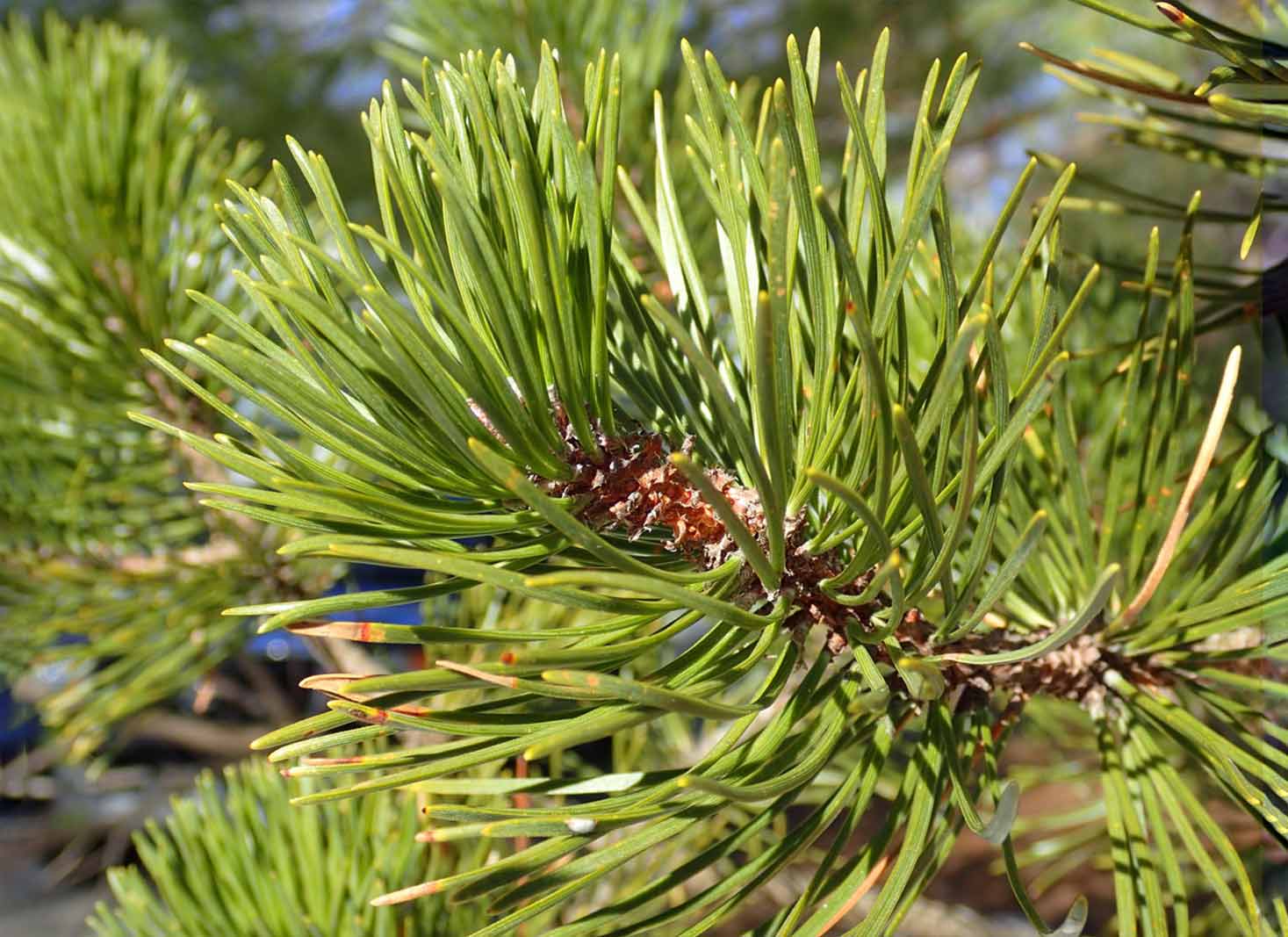
With so many pine tree species in existence, it can be a challenge to identify them all. However, by paying close attention to their:
- Needles
- Bark
- Cones
- Overall appearance
You can distinguish between various species and their unique characteristics.
When identifying pine trees by their needles, look at the number of needles in a cluster and the length of the needles. For example, soft-needled pines typically have more needles per cluster, while hard-needled pines have fewer, stiffer needles. The appearance of the bark can also be a helpful clue when identifying a pine tree.
Finally, the size and shape of their cones can also aid in pine tree identification. By carefully observing these features, you can learn to recognize different pine species and better appreciate their unique qualities and uses.
Understanding Pine Trees: Soft vs. Hard Needles
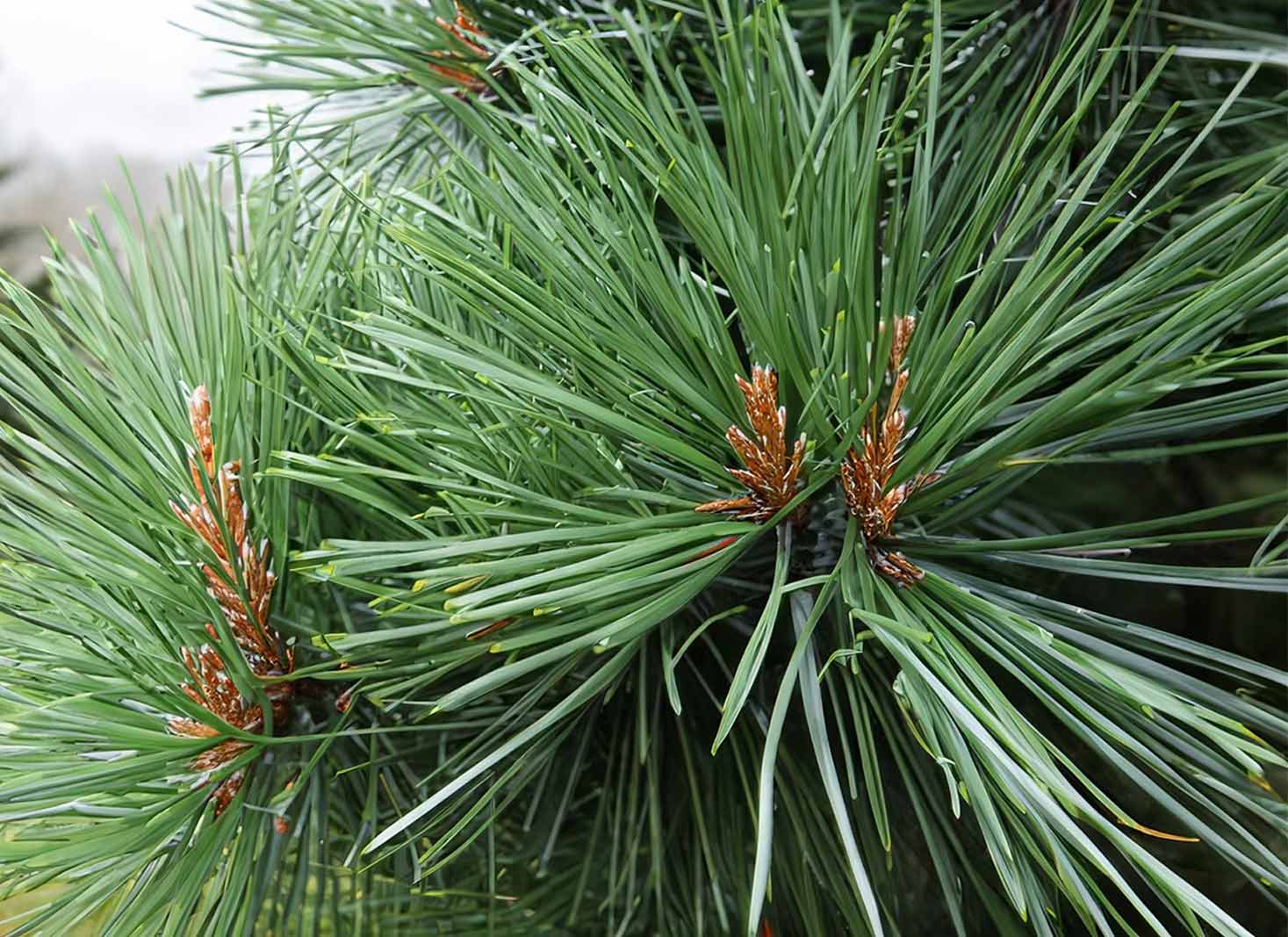
A pine family is a diverse group, with species exhibiting a wide variety of characteristics. One key difference between pine species is whether they possess soft or hard needles. Soft pines typically have more needles per cluster, while hard pines have fewer, stiffer needles.
| Soft-needled pines | Hard-needled pines |
|---|---|
| Eastern White Pine (Pinus Strobus) | Ponderosa Pine (Pinus Ponderosa) |
| Western White Pine (Pinus Monticola) | Jack Pine (Pinus Banksiana) |
| Limber Pine (Pinus Flexilis) | Red Pine (Pinus Resinosa) |
Let’s dive deeper into the world of soft and hard-needled pines, exploring their unique characteristics and examples.
Soft-needled Pines
Soft-needled pines are characterized by having five needles per bundle, unlike the single-leaf pinyon pine, which has one needle per bundle. Some well-known examples of soft-needled pines include the Eastern White Pine, Western White Pine, and Limber Pine.
The Eastern White Pine (Pinus strobus)
Is a popular type of Christmas tree1 due to its pleasant citrusy scent and long, slender cones. This species has played an important role in North America’s history, as its wood was formerly used for ship masts, and today it’s a fast-growing tree used in landscaping. It grows 50’ to 80’ with a 20’ to 40’ spread in the landscape.
The Western White Pine (Pinus Monticola)
The Limber Pine (Pinus Flexilis)
Is a type of white pine native to certain regions such as the Western United States, Mexico, and Canada. It is recognized by its:
- Conical, contorted crown
- Light gray bark
- Dark green needles
- Tan-colored ovoid cones
Limber Pine trees typically grow to a height of 65 feet, but in higher elevations, they may only reach between 15 to 35 feet. With their soft pine tree needles and five needles per fascicle, these sugar pine trees make a stunning addition to any landscape.
Hard-needled Pines
Hard-needled pines, on the other hand, have fewer, stiffer needles per fascicle, usually in groups of two or three. Some examples of hard-needled pines include Ponderosa Pine, Jack Pine, and Red Pine. These pines are characterized by their smaller needle clusters and remarkably hardwood.
Ponderosa Pine (Pinus Ponderosa)
One fascinating hard-needled pine is the Pond Pine tree. It is native to mountainous regions of western North America and has the following characteristics:
- Thin, flexible needles that grow in bundles of three and have twisted tufts at the tips
- Yellow-brown cones
- Dark-reddish-brown bark
- Long yellowish-green needle leaves grow in bundles of three or four
Jack Pine (Pinus Banksiana)
Also known as gray pine or scrub pine, this type of pine tree is native to Canada and the north-central and northeast of the United States. Jack Pine tree height is between 30 and 70 ft. but some pines are shrub-sized due to the poor growing conditions.
Red Pine (Pinus Resinosa)
Another example is the Red Pine, scientifically known as Pinus resinosa3. This species is a hard pine that grows between 66 and 115 feet in height and has three needles per bundle. With their unique needle arrangements and hardwood, hard-needled pines are an interesting group of pine trees to explore.
Popular Pine trees for Landscaping
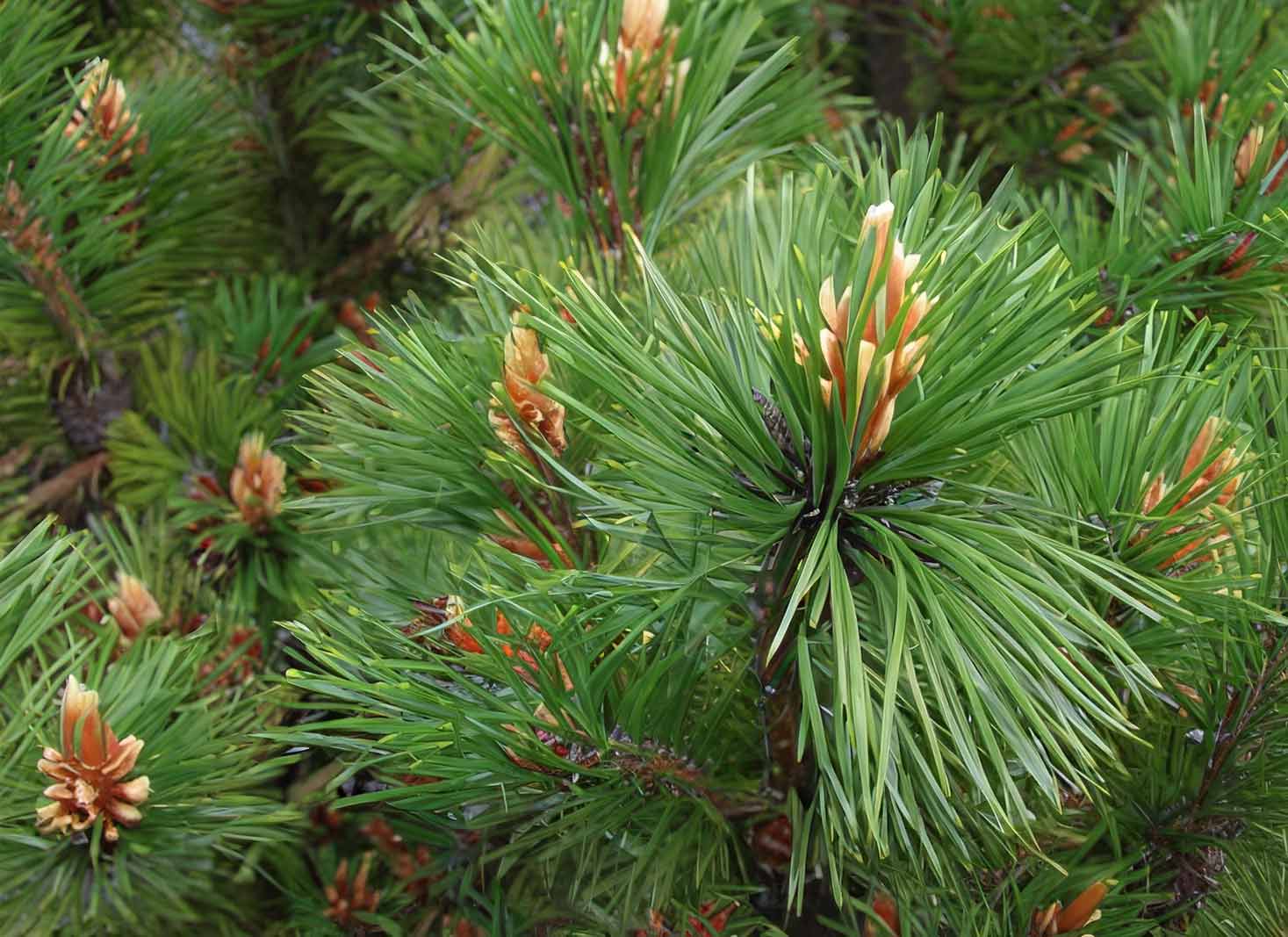
Pine trees are not only diverse in their characteristics but also in their applications. Many pine species are popular choices for landscaping, adding beauty and texture to gardens and outdoor spaces. Some of the most popular pine trees for landscaping include
- Mugo Pine
- Japanese Black Pine
- Lacebark Pine
The Mugo Pine
Japanese Black Pine
Japanese Black Pine, on the other hand, is a stunning tree featuring stiff, dark green needles that grow in pairs, small cones, and a spreading, irregular shape. This tree is particularly well-suited to coastal landscapes and is a popular choice among bonsai enthusiasts.
The Lacebark Pine
The Lacebark Pine is a popular choice for landscaping. Its notable features include stiff needles that grow in groups of three, yellowish-brown oval cones, and creamy-white patchwork bark. This beautiful tree adds a touch of elegance to any landscape and is sure to make a statement in your outdoor space.
Native Pine Trees Across Regions
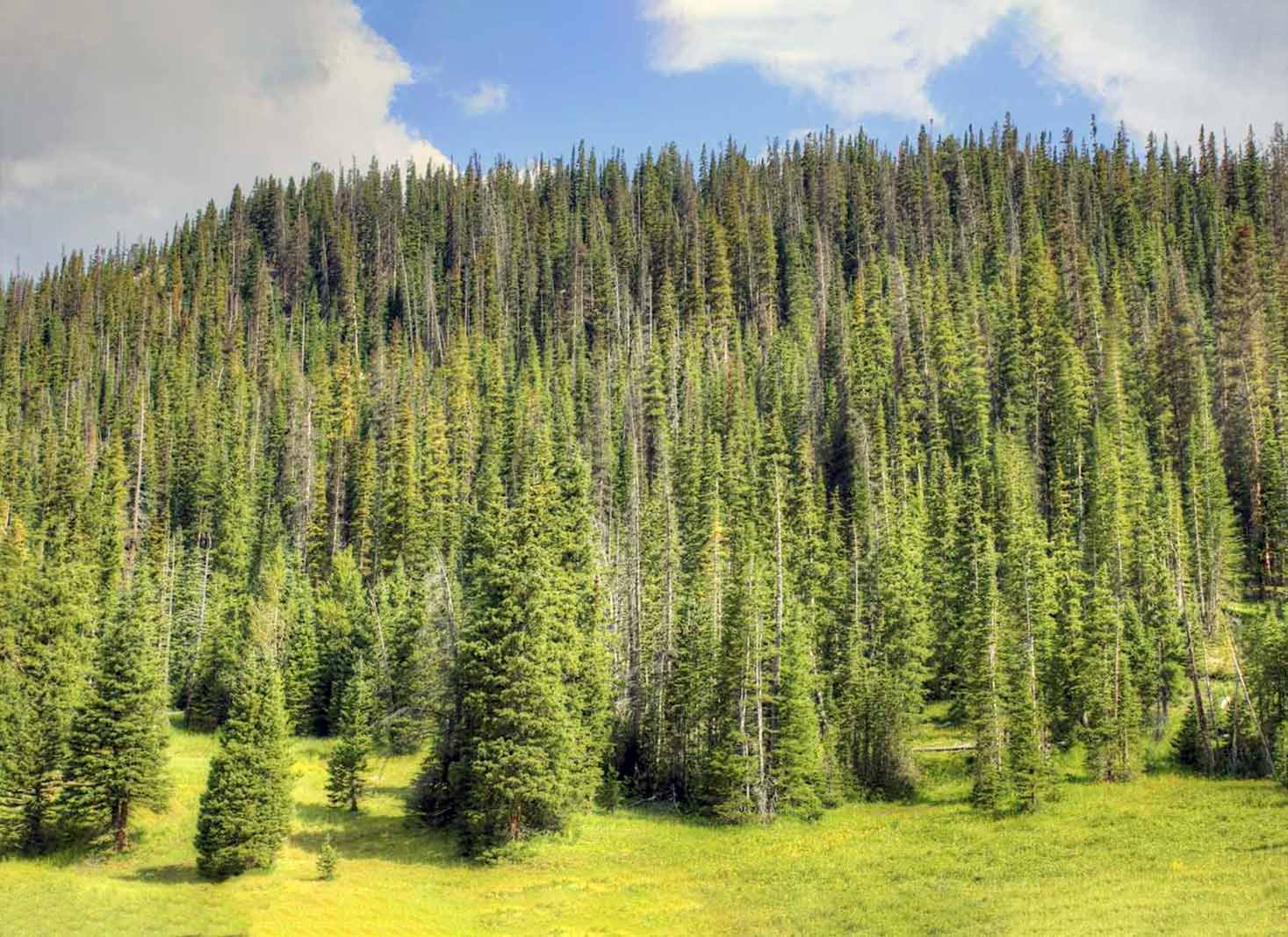
Pine trees can be found in various regions across the globe, each with its unique species adapted to the local environment.
Eastern Canada, Eastern United States
| Jack pine | Pinus banksiana |
|---|---|
| Sand pine | Pinus clausa |
| Shortleaf pine | Pinus echinata |
| Slash pine | Pinus elliottii |
| Spruce pine | Pinus glabra |
| Longleaf pine | Pinus palustris |
| Table Mountain pine | Pinus pungens |
| Red pine | Pinus resinosa |
| Pitch pine | Pinus rigida |
| Pond pine | Pinus serotina |
| Eastern white pine | Pinus strobus |
| Loblolly pine | Pinus taeda |
| Virginia pine | Pinus virginiana |
Europe, Mediterranean, West Asia
| Pinus brutia | Turkish pine |
|---|---|
| Pinus canariensis | Canary Island pine |
| Pinus cembra | Swiss pine |
| Pinus halepensis | Aleppo pine |
| Pinus heldreichii | Bosnian pine |
| Pinus mugo | Mountain pine |
| Pinus nigra | European black pine, Austrian pine |
| Pinus peuce | Macedonian pine |
| Pinus pinaster | Maritime pine |
| Pinus pinea | Stone pine |
| Pinus sylvestris | Scots pine |
East Asia, Southeast Asia
| Yakushima white pine | Pinus amamiana |
|---|---|
| Chinese white pine | Pinus armandii |
| Bhutan white pine | Pinus bhutanica |
| Lacebark pine | Pinus bungeana |
| Vietnamese white pine | Pinus dalatensis |
| Sikang pine | Pinus densata |
| Korean red pine | Pinus densiflora |
| Hainan white pine | Pinus fenzeliana |
| Huangshan pine | Pinus hwangshanensis |
| Khasi pine | Pinus kesiya |
| Korean pine | Pinus koraiensis |
| Krempf's pine | Pinus krempfii |
| Tenasserim pine | Pinus latteri |
| Luchu pine | Pinus luchuensis |
| Masson's pine | Pinus massoniana |
| Sumatran pine | Pinus merkusii |
| Taiwan white pine | Pinus morrisonicola |
| Japanese white pine | Pinus parviflora |
| Siberian dwarf pine | Pinus pumila |
| Chir pine | Pinus roxburghii |
| Siberian pine | Pinus sibirica |
| Qiaojia pine | Pinus squamata |
| Chinese red pine | Pinus tabuliformis |
| Taiwan red pine | Pinus taiwanensis |
| Japanese black pine | Pinus thunbergii |
| Blue pine or Bhutan pine | Pinus wallichiana |
| Guangdong white pine | Pinus wangii |
| Yunnan pine | Pinus yunnanensis |
Western Canada, Western United States, Northern Mexico
| Whitebark pine | Pinus albicaulis |
|---|---|
| Rocky Mountains bristlecone pine | Pinus aristata |
| Knobcone pine | Pinus attenuata |
| Foxtail pine | Pinus balfouriana |
| Lodgepole pine | Pinus contorta |
| Coulter pine | Pinus coulteri |
| Colorado pinyon | Pinus edulis |
| Limber pine | Pinus flexilis |
| Jeffrey pine | Pinus jeffreyi |
| Sugar pine | Pinus lambertiana |
| Great Basin bristlecone pine | Pinus longaeva |
| Single-leaf pinyon | Pinus monophylla |
| Western white pine | Pinus monticola |
| Bishop pine | Pinus muricata |
| Ponderosa pine | Pinus ponderosa |
| Monterey pine, radiata pine | Pinus radiata |
| Texas pinyon, papershell pinyon | Pinus remota |
| Gray pine, foothill pine, digger pine | Pinus sabineana |
| Southwestern white pine | Pinus strobiformis |
| Torrey pine | Pinus torreyana |
Southwestern United States, Mexico, Central America, Caribbean
| Arizona pine | Pinus arizonica |
|---|---|
| Mexican white pine | Pinus ayacahuite |
| Caribbean pine | Pinus caribaea |
| Mexican pinyon | Pinus cembroides |
| Chiapas white pine | Pinus chiapensis |
| Cooper's pine | Pinus cooperi |
| Cuban pine | Pinus cubensis |
| Potosi pinyon | Pinus culminicola |
| Michoacan pine | Pinus devoniana |
| Durango pine | Pinus durangensis |
| Apache pine | Pinus engelmannii |
| Douglas pine | Pinus douglasiana |
| Gregg's pine | Pinus greggii |
| Hartweg's pine | Pinus hartwegii |
| Herrera's pine | Pinus herrerae |
| Jalisco pine | Pinus jaliscana |
| Johann's pinyon | Pinus johannis |
| Lawson's pine | Pinus lawsonii |
| Chihuahua pine | Pinus leiophylla |
| Lumholtz's pine | Pinus lumholtzii |
| Pinus luzmariae | Pinus luzmariae |
| Pinus maximartinezii | Big-cone pinyon |
| Thinleaf pine | Pinus maximinoi |
| Montezuma pine | Pinus montezumae |
| Nelson's pinyon | Pinus nelsonii |
| Hispaniolan pine | Pinus occidentalis |
| Egg-cone pine | Pinus oocarpa |
| Patula pine | Pinus patula |
| Orizaba pinyon | Pinus orizabensis |
| Weeping pinyon | Pinus pinceana |
| McVaugh's pine | Pinus praetermissa |
| Pringle's pine | Pinus pringlei |
| Smooth-bark Mexican pine | Pinus pseudostrobus |
| Parry pinyon | Pinus quadrifolia |
| Rzedowski's pine | Pinus rzedowskii |
| Chihuahua white pine | Pinus strobiformis |
| Tecun Uman pine | Pinus tecunumanii |
| Teocote pine | Pinus teocote |
| Tropical pine | Pinus tropicalis |
These native pine trees not only add beauty to their respective regions but also play essential roles in supporting local ecosystems. For example, the Lodgepole Pine in North America provides a habitat for various wildlife species, while the Maritime Pine in Europe is an essential tree species in the region’s forests.
The diverse habitats of pine trees, from cold regions in North America to rainforests and hot sandy deserts, showcase their incredible adaptability to various environments. These native species hold significant ecological importance in their respective regions, making their conservation a vital endeavor.
Pine Trees for Timber and Pulp Industry
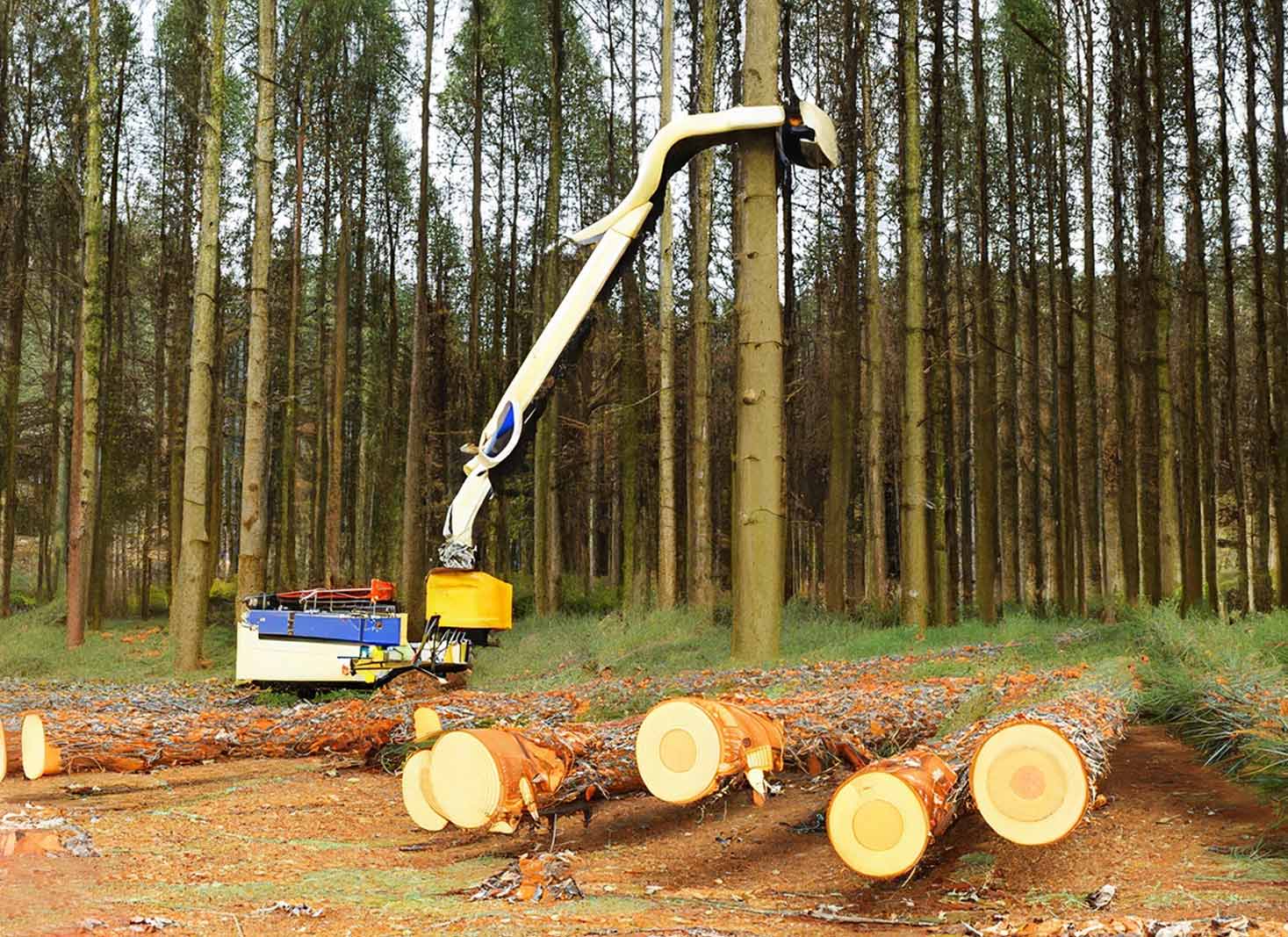
Pine trees also play a significant role in the timber and pulp industry, providing valuable resources for various applications. Three primary pine trees utilized in this industry include
- Loblolly Pine
- Longleaf Pine
- Slash Pine
This pine is a tall, elegant tree commonly found in the southeastern regions of the United States. Known for its high-quality softwood timber, Loblolly Pine has historically been used for ship construction and producing tar and turpentine. Similarly, Longleaf Pine and Slash Pine have also been used for shipbuilding and producing tar and turpentine.
These pine species are not only valuable for their timber but also their fast growth, making them ideal choices for sustainable forestry practices. As we continue to rely on wood products in our daily lives, it’s essential to promote the responsible management and conservation of these important pine tree species.
Common Christmas Tree Pines
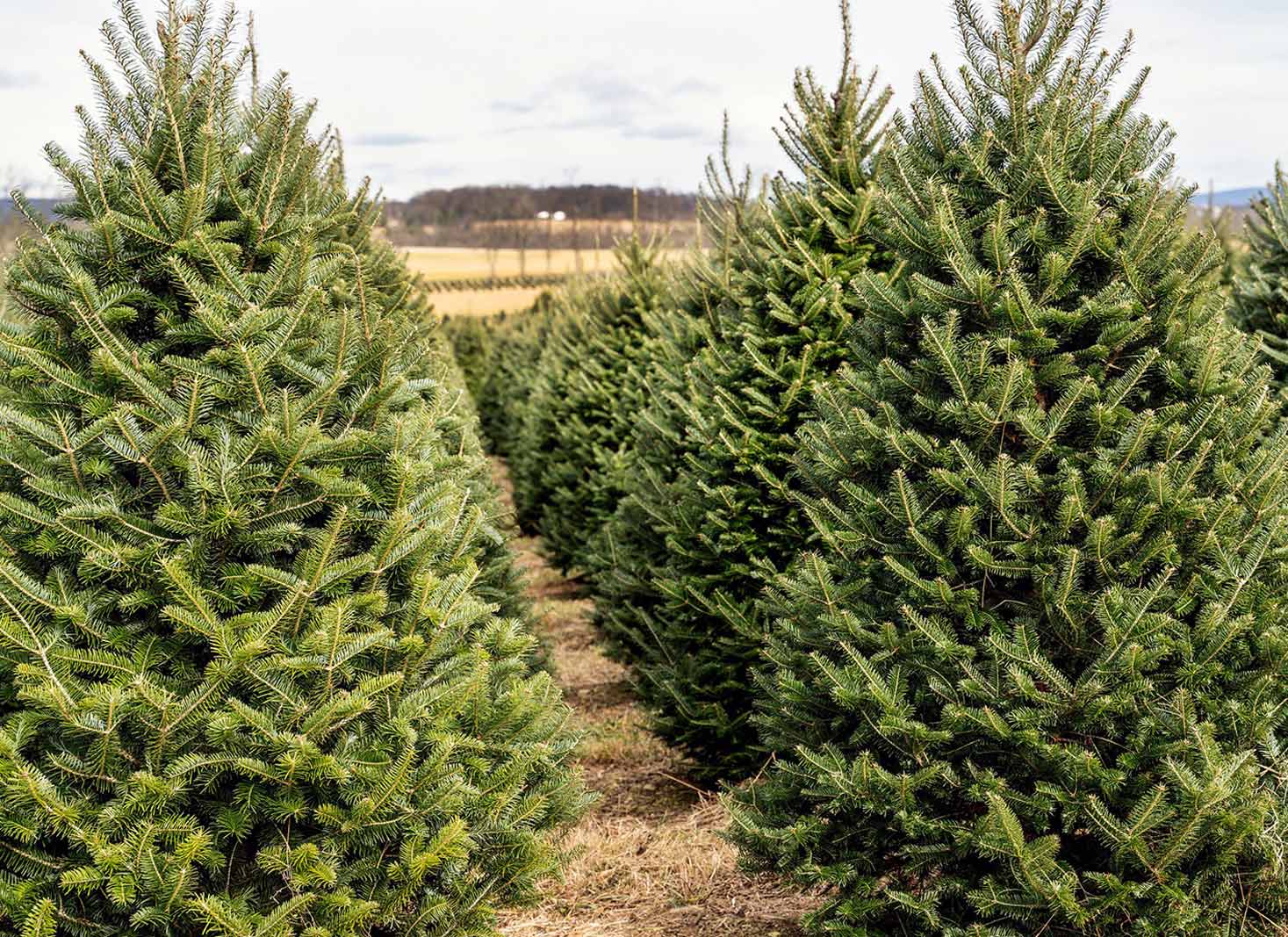
During the festive season, pine trees take center stage as the beloved symbol of Christmas. Some common varieties of Christmas tree pines include Scots Pine, Eastern White Pine, and Virginia Pine.
The Scots Pine is a medium-sized, fast-growing tree. Its characteristics include:
- Conical or column-shaped habit
- Distinctive brown-red bark that flakes off
- Strong branches
- Excellent needle retention
These qualities make it an ideal choice for a Christmas tree.
The Eastern White Pine, on the other hand, is another popular type of Christmas tree, renowned for its good needle retention after being cut. The Virginia Pine, a yellow pine native to the southernmost United States, is also commonly used as a Christmas tree. With its short and sharp needles, this tree may not be the most comfortable to handle, but its festive scent and beautiful appearance make it a favorite nonetheless.
Pine Trees for Bonsai Enthusiasts
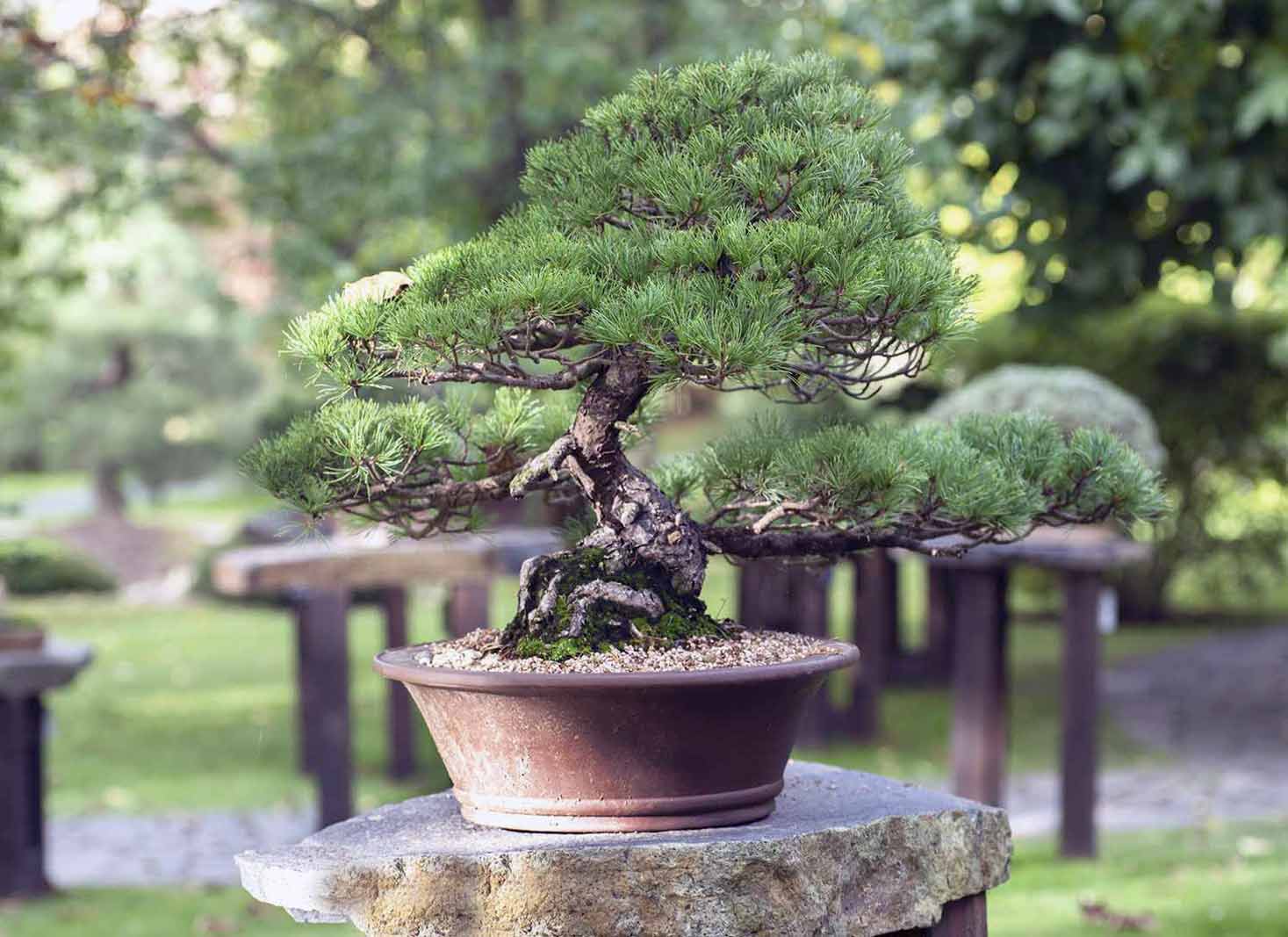
Bonsai enthusiasts know that pine trees can make stunning miniature trees, with their intricate branching patterns and adaptability to bonsai techniques. Some pine trees suitable for bonsai enthusiasts include
- Japanese Black Pine
- Ponderosa Pine
- Japanese White
The Japanese Black Pine
The Japanese Black Pine is a widely-recognized and highly-regarded bonsai tree5 species native to Japan and South Korea. Its unique branching patterns and foliage make it an excellent choice for bonsai enthusiasts looking to create a dramatic and eye-catching miniature tree.
The Ponderosa Pine
The Ponderosa Pine, native to western North America, is another suitable choice for bonsai enthusiasts. Its strong, thick branches and distinctive bark make the ponderosa pine tree an attractive option for creating a striking bonsai tree.
The Japanese White Pine
Finally, the Japanese White Pine, native to Japan and South Korea, is a beautiful coniferous species that can also be trained into a stunning bonsai tree. The delicate needles and unique growth habits make it a popular choice among bonsai enthusiasts around the world.
Endangered and Threatened Pine Species
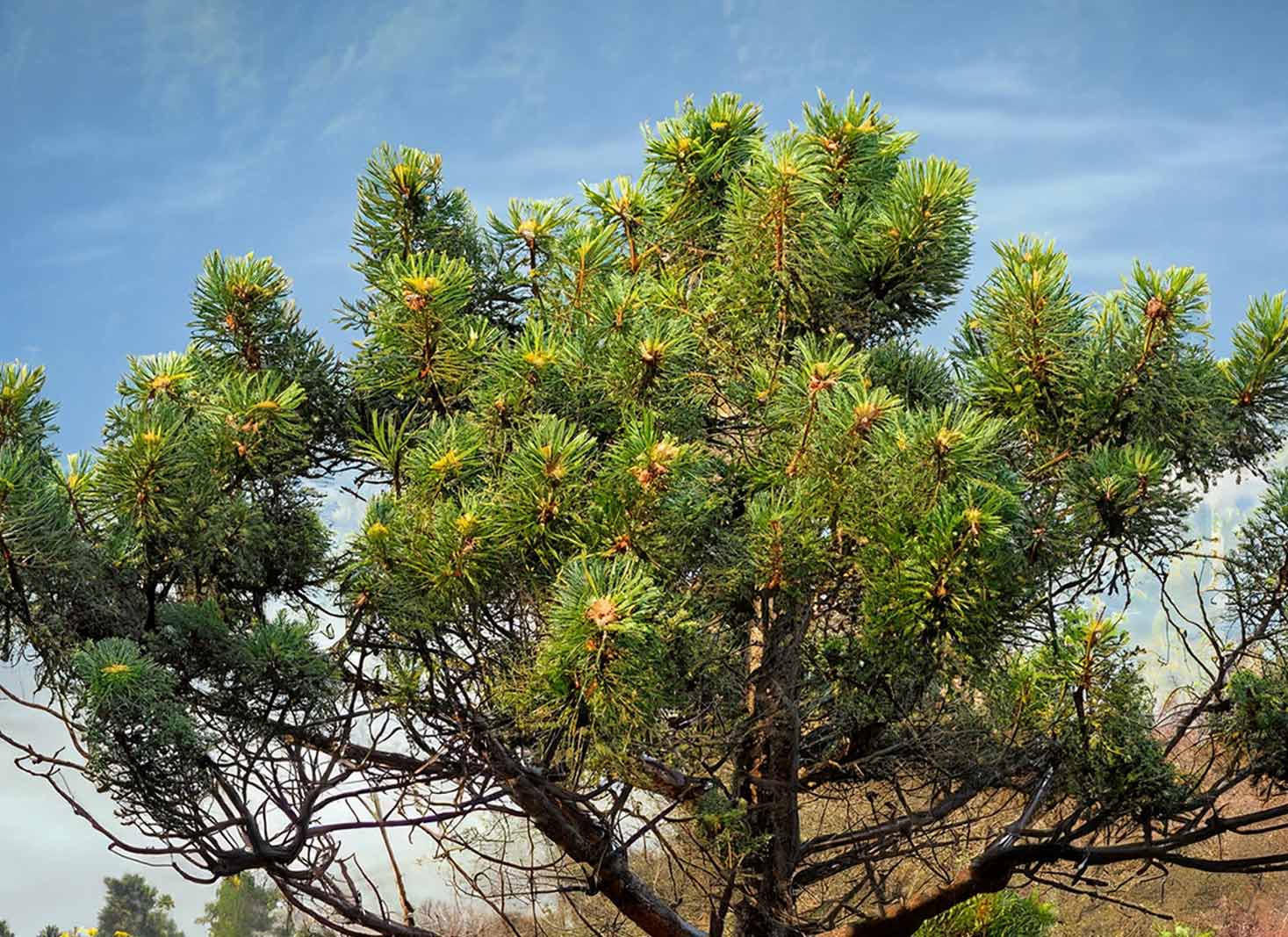
Unfortunately, not all pine species are thriving. Some, such as the Whitebark Pine, Torrey Pine, Western White Pine, and Bristlecone Pine, face challenges from habitat loss, disease, and climate change.
The Whitebark Pine is a scrubby tree that is considered a threatened species in its native range, primarily due to habitat loss. This tree is not commonly used in landscape plantings but serves as an important component of the mountain forests in North America.
The Torrey Pine, endemic to the coastal sage and chaparral areas of southern California, is another rare species facing threats from habitat loss and climate change.
The longleaf pine forest in the southern Coastal Plain is one of the most endangered ecosystems in North America, with many species relying on these forests for their survival.
As we continue to learn about these endangered and threatened pine species, it’s crucial to support conservation efforts to protect these important trees and the ecosystems they inhabit.
Planting and Caring for Pine Trees
Planting and caring for pine trees can be a rewarding experience, as these trees provide beauty, shade, and habitat for wildlife and your property. To ensure the health and longevity of your pine trees, it’s essential to select the appropriate species for your climate and soil type and provide proper care and maintenance.
When choosing a pine tree species to plant, consider factors such as the tree’s native habitat, growth rate, and preferred soil conditions. For example, the Sand Pine thrives in sandy soil, while the Mexican Weeping Pine can adapt to various soil types. Properly caring for your pine trees includes regular watering, pruning, and pest control to maintain their health and appearance.
Pine Trees and Wildlife
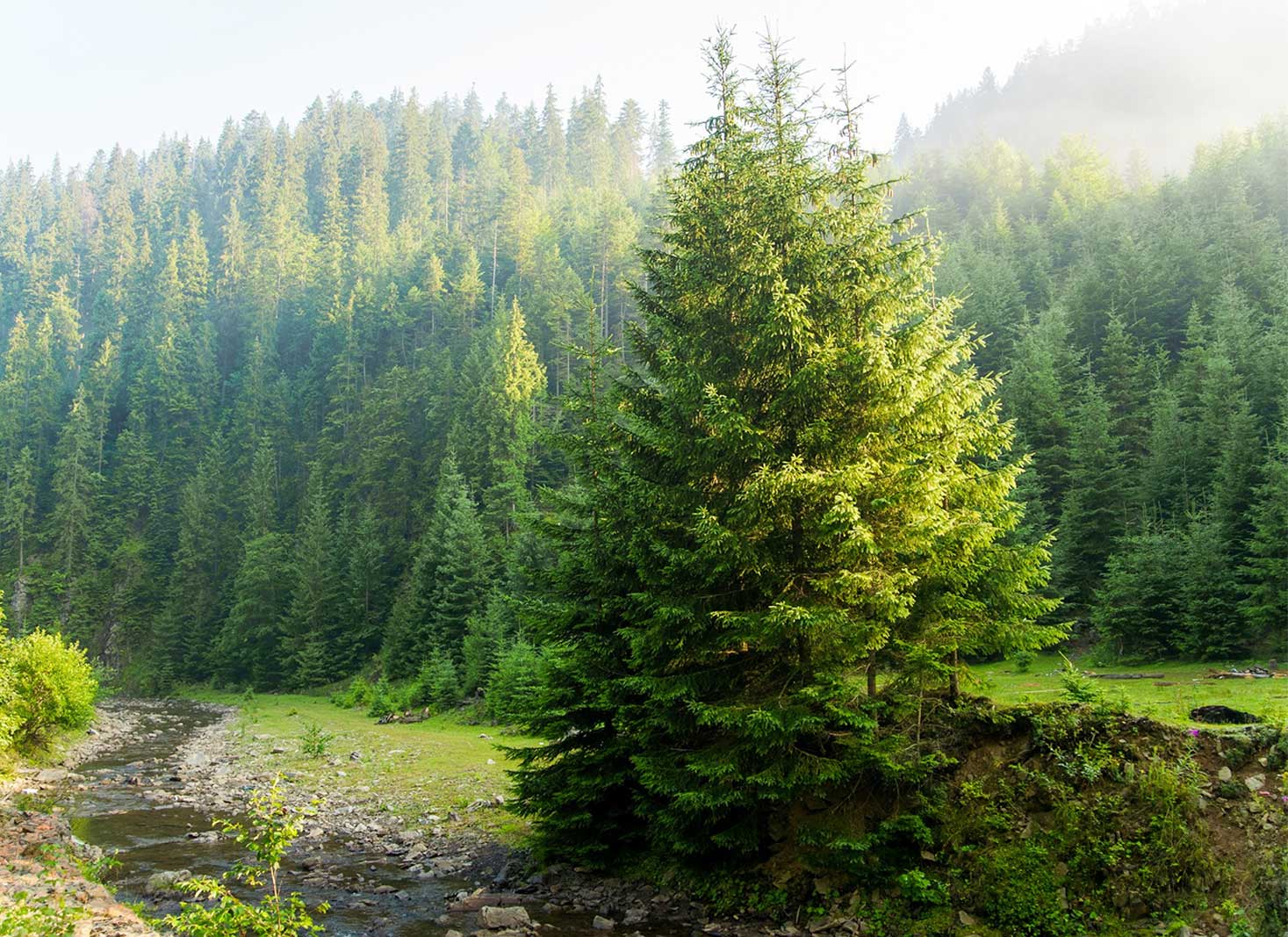
Pine trees play a crucial role in supporting wildlife, providing habitat and sustenance for a variety of species. Some of the many animals that rely on pine trees for shelter and food include:
- Chipmunks
- Squirrels
- Deer
- Black bears
- Woodpeckers
- Owls
Pine trees also offer nesting sites for numerous bird species, including the endangered Red-cockaded Woodpecker.
The importance of pine cones as a food source for animals such as squirrels and birds cannot be overstated, as they provide essential nutrients and sustenance for these creatures.
As we continue to appreciate the beauty and versatility of pine trees, it’s important to remember the vital role they play in supporting wildlife and maintaining the balance of our ecosystems.
FAQ's
The most common type of pine tree is the Loblolly, a sun-loving tree that grows best with full sunlight.
To identify pine trees, examine their needles and cones along with the bark. White pines typically have smooth bark, while Scots pines have orange/red peeling bark. Bark on other species can vary in color from reddish-brown to gray or black.
Native evergreens such as Ponderosa Pine, Douglas Fir, Blue Spruce, and White Fir make the best pines for Utah’s climate and soil. These trees are hardy and well-suited for the area, providing year-round greenery and shade.
Pine trees (genus Pinus) are a type of evergreen conifer found in northern temperate regions around the world. They produce cones that encase reproduction seeds.
- Bert Cregg and Jill O’Donnell, (2023) Real Christmas trees. <https://www.canr.msu.edu/news/choosing_the_right_christmas_tree> Accessed: 01-03-2024.
- Zouhar, Kristin L, (2001) Pinus monophylla. <https://www.fs.usda.gov/database/feis/plants/tree/pinmon/all.html> Accessed: 01-03-2024.
- Department of Natural Resorces Minnesota, (2023) Red pine (Pinus resinosa). <https://www.dnr.state.mn.us/trees/red-pine.html> Accessed: 01-03-2024.
- NC State University, (2019) Pinus mugo. <https://plants.ces.ncsu.edu/plants/pinus-mugo/> Accessed: 01-03-2024.
- Bonsai Empire, (2019) Bonsai care and maintenance. <https://www.bonsaiempire.com/tree-species/pines> Accessed: 01-03-2024.



